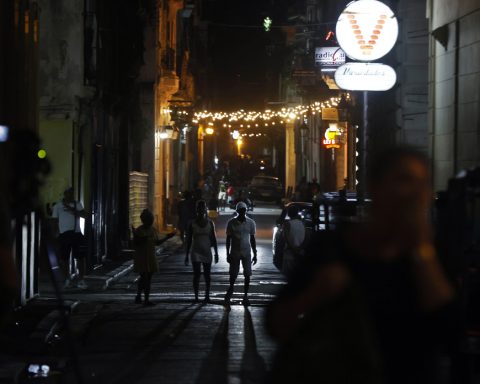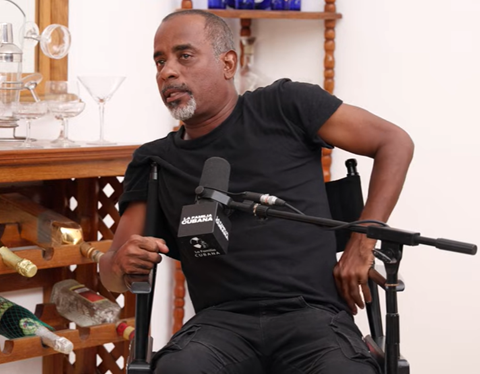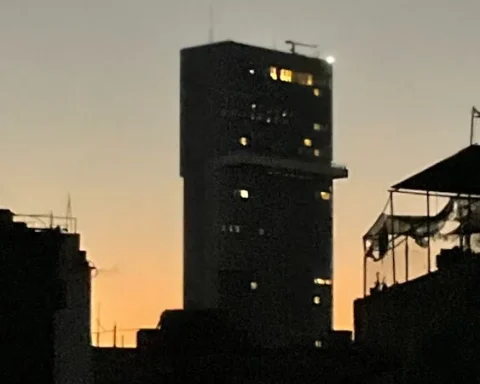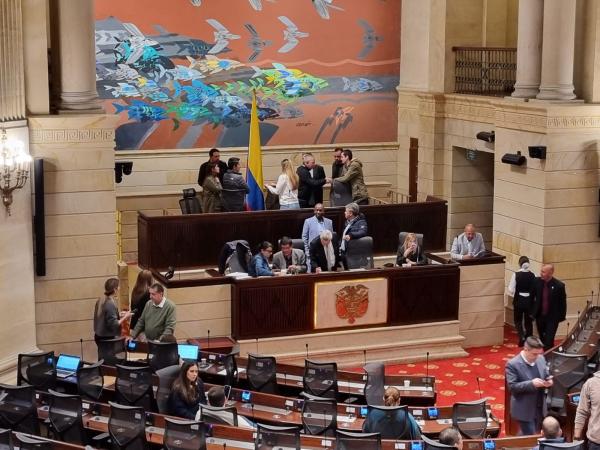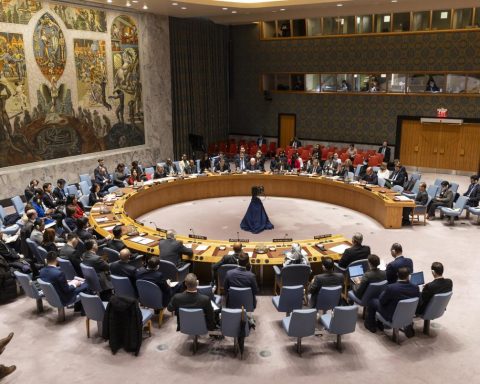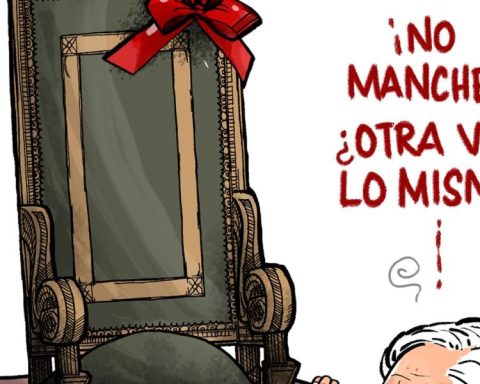Havana Cuba. – “They imprisoned our bodies, but they could not imprison our ideas, they wanted to silence our voices, and our voices shouted freedom with more force…”, wrote former political prisoner Pablo Pacheco, sentenced to 20 years during the repressive wave known as Black Spring.
How many executed, political prisoners, peaceful prisoners of conscience, human rights defenders, mothers, wives, aunts, brothers, children have had their lives cut short by the “Revolution” will never be known.
In the Black Spring of 2003, 74 men and one woman strengthened their convictions in inhuman prisons. Today, more than 1,000 Cubans are hostages in the prisons of the regime of totalitarian continuity prevailing in Cuba, which restricts freedom of expression, the right to creation and destroys the country.
most of the 75 They were arrested on March 18, 19 and 20, 2003, and transferred to the State Security interrogation centers in their provinces or to Villa Marista (the State Security headquarters in Havana). Some of them shared cells with detainees for drug trafficking and with the three young men who hijacked a boat in the capital’s bay and were sentenced in exemplary “trials” and shot immediately without notifying their relatives.
The psychological torture was intense and cruel. The trials were held a few days after the arrests under the Law 88, known as the Gag Law, and Article 90 of the Penal Code, which included the death penalty. Eighteen defendants received sentences of 25 to 28 years, and 29 of 20 years. Twelve agents infiltrated in the groups of the defendants appeared as witnesses for the Prosecutor’s Office. Shortly after, they were all dispersed by maximum security prisons from Pinar del Río to Guantánamo, hundreds of kilometers from their residences, which also punished their families who had to travel to visit them.
They remained in solitary for more than a year and a half, inside tiny cells with inhuman hygienic and food conditions. For many, their health progressively deteriorated. The releases occurred due to serious illnesses, denounced by their wives and other relatives, with the support of human rights organizations, journalists, and democratic governments.
Miguel Valdés Tamayo was the first released from prison due to serious heart problems. Seeing him a few days later, I was impressed by his gallantry and gentleness. I expressed to him that he looked very good, and he replied that gravity was inside. On December 10, 2006 we coincided in a celebration for Human Rights Day; he had had a relapse, but he seemed recovered. On January 10, 2007 he passed away.
Anonymous women today were stoic voices demanding the freedom of their relatives. Physical and psychological abuse was also directed against Isel Acosta, wife of Blas Giraldo Reyes, then a resident of Sancti Spíritus. On March 17, 2006, from 5:00 p.m. to 8:00 p.m., the authorities held an act of repudiation with around 2,000 members of political organizations, workers, and students of the School of Medical Sciences, including Mexican students, mobilized in buses. Isel heard insults and demands for her to come out, vociferated by the human pack. Knives inserted through the edges of the windows threatened to kill or tried to open them. They also kept the thunderous train whistle going, as their house adjoined the railway. Isel managed to talk to me on the phone, I heard the screams and the blows up to the ceiling. At that time, she did not have internet access, but I was able to notify international sources that helped her.
Blas Giraldo Reyes had been sentenced to 25 years in prison, after a 30-year prosecutor’s request, for being the manager of the Varela Project in Sancti Spíritus and independent librarian. In 1975, as teenagers, he and Isel met while traveling with their families to the captive people Ramón López Peña, in San Cristóbal, Pinar del Río, which was guarded by the military until 1992. After the Black Spring, they were able to travel to Spain and then to the United States, where they have put their lives back together.
In 2010, some 54 prisoners of conscience from the same initial group of 75 were released, due to a negotiation between Raúl Castro, Barack Obama, the Catholic Church, headed by Cardinal Jaime Ortega, and the Government of Spain, the country where the most.
Eight remain in Cuba, despite the fact that they could be returned to prison when the authorities decide. José Daniel Ferrer and Félix Navarro with sentences of 25 years, are in prison for new processes.
Eleven of the 75 have died.
OPINION ARTICLE
The opinions expressed in this article are the sole responsibility of the person who issues them and do not necessarily represent the opinion of CubaNet.

